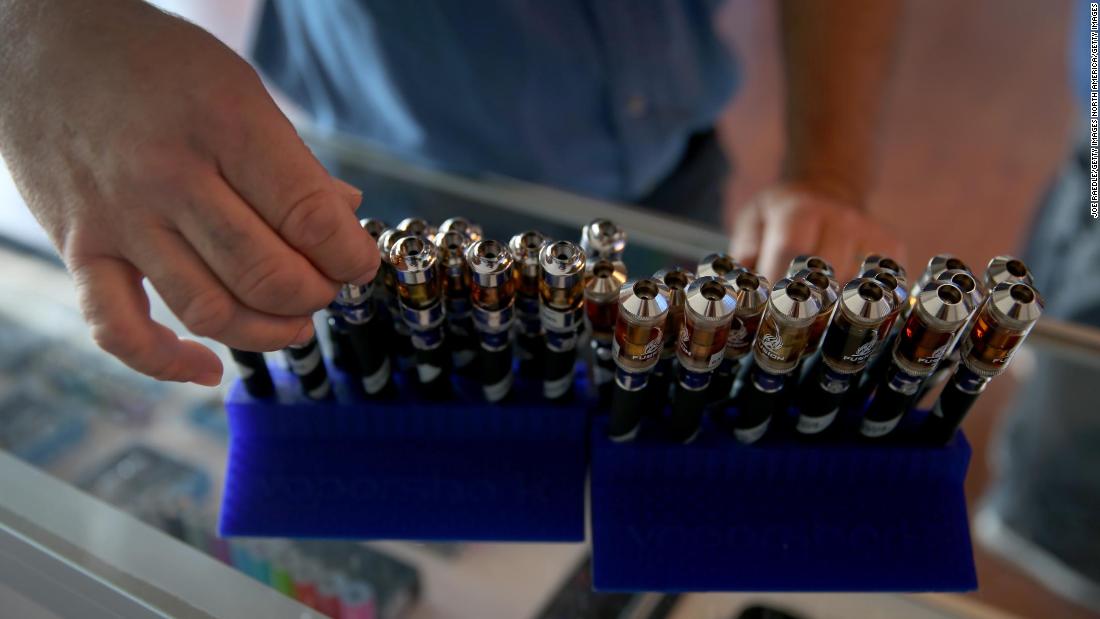[ad_1]
The male patient, who turned 17 while recovering at the hospital, wants to remain anonymous for now, but was described as a high school athlete who likes to sail, play video games and hang out with friends.
He was admitted to the hospital on September 5 with what looked like pneumonia. The transplant took place on October 15. The procedure was successful and doctors said he is doing “very well” and his recovery is “excellent.”
“It is a senseless disease process,” Dr. Hassan Nemeh, the thoracic surgeon on the transplant team, said at a press conference Tuesday. Nemeh is the surgical director of thoracic organ transplant at Henry Ford Hospital. “Our teenage patient would have faced certain death if it weren’t for the lung transplant.”
Nemeh said the extensive damage he saw in the boy’s lungs was like “nothing I have ever seen before,” in the nearly 20 years he has been doing transplant work. “This is an evil I haven’t faced before.”
A letter from the boy’s family, read during the press conference, said: “Our family could never have imagined being at the center of the largest adolescent public health crisis to face our country in decades. Within a very short period of time our lives have been forever changed.”
The boy has a good prognosis, but his recovery was described by doctors as a long and “rough” one that will take months. Now off a ventilator, the boy has had to work with a physical therapy team to walk again and regain his strength.
“We believe we are seeing the tip of the iceberg, said Dr. Lisa Allenspach, the medical director of the Henry Ford lung transplant program. “Making sure that our teens understand the danger of vaping is of paramount importance.”
The CDC has been working closely with local health departments and the US Food and Drug Administration to pinpoint what exactly is causing these severe vaping-related illnesses. It doesn’t appear that any one product is to blame, although many cases seem to be linked to products bought “off the street” or from other “informal sources,” such as a family or friend, rather than from a vaping store, according to the CDC.
The doctors in this case declined to say how long the teen had been vaping, nor did they say what vaping products he had been using.
THC has been present in most of the samples of vaping products that the FDA has tested so far, and most of the patients who have gotten sick said they had used THC products in the past.
On Friday, the CDC said Vitamin E acetate, an additive sometimes used in THC and other vaping products, may be to blame for the national outbreak, but said additional factors may be to blame.
The CDC also is trying to figure out what the risk factors may be, if there are any, among those who have gotten sick.
In the wake of these injuries, some states and cities have placed limits on sales of vaping products. Many of these actions are now being challenged in court. Some stores, including Walgreens and Walmart, have stopped selling vaping products.
In September, President Donald Trump promised to take action. His administration has looked at a possible flavor ban, but so far nothing has happened.
Until the public health investigation is complete, public health departments are saying to refrain from vaping.
“Without the heroic measures that were taken in this case, this young patient would have died, there is no doubt about it. So I beg of you, this was not just the unlucky one,” Yeldo said. “This is happening way, way too much for us to turn our heads to this.”
[ad_2]
Source link



